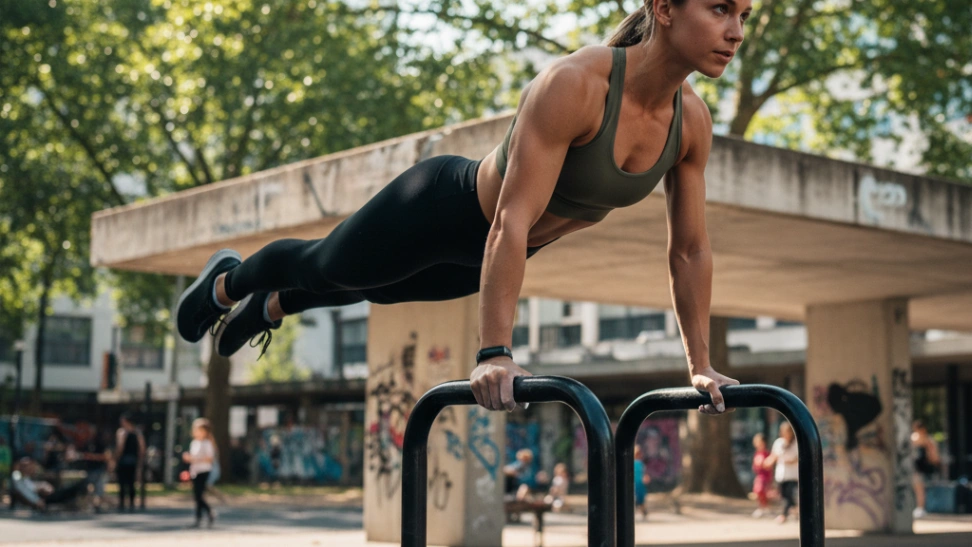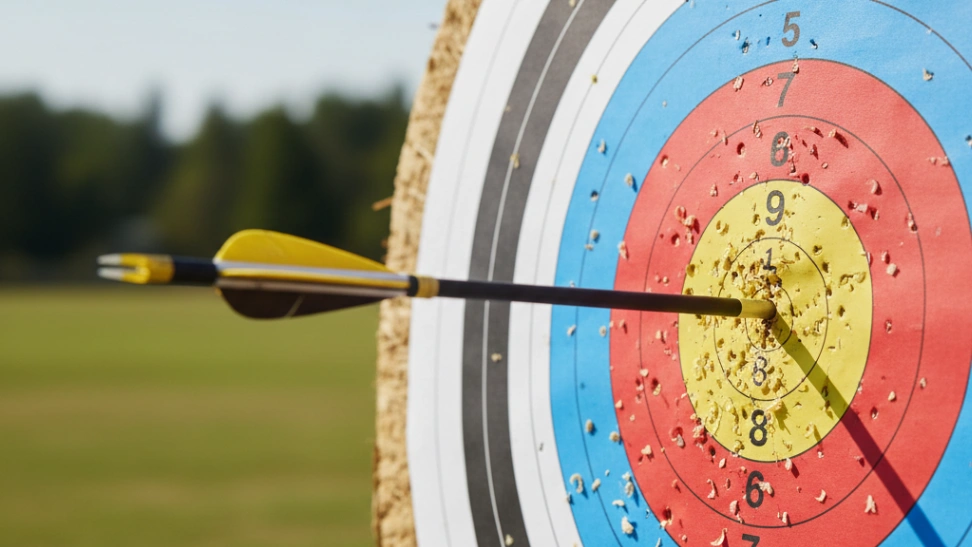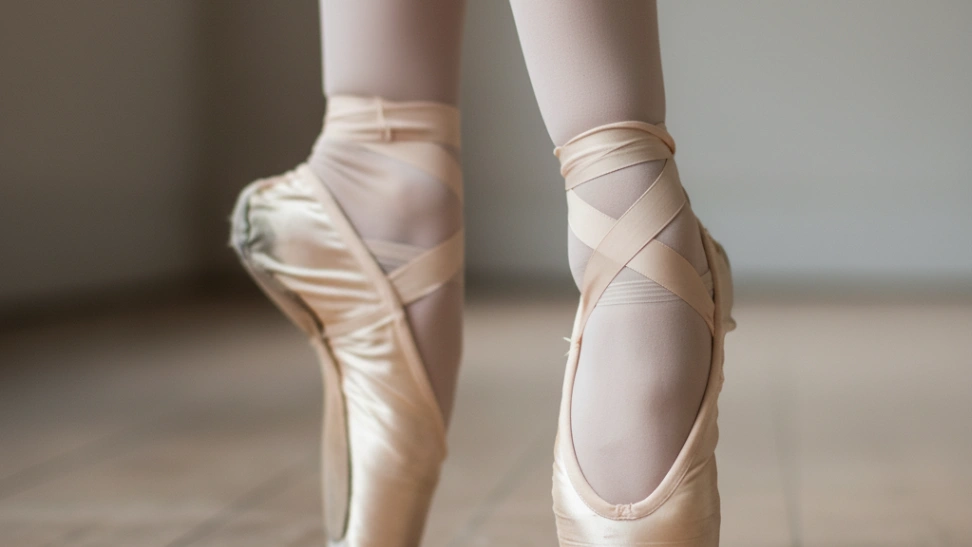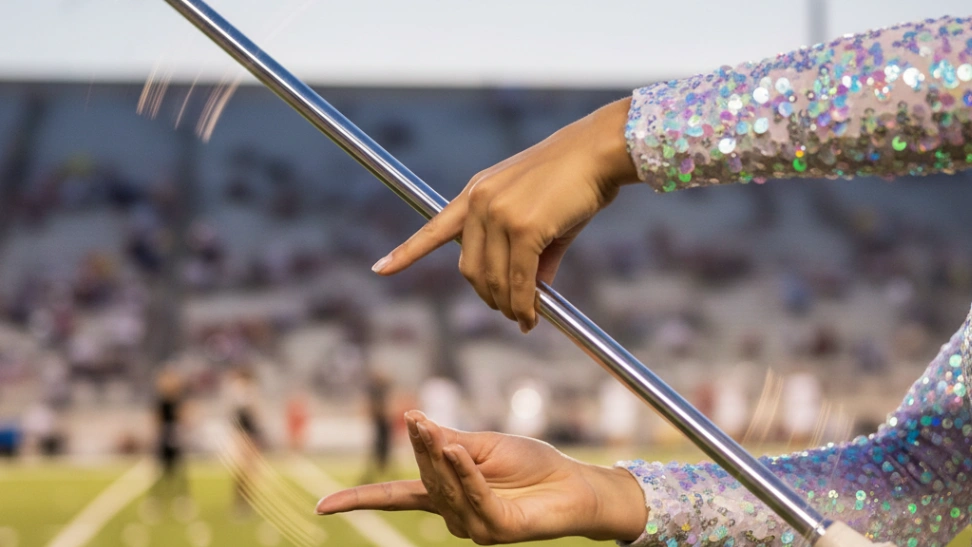The appeal of callisthenics lies in its remarkable accessibility and holistic benefits. Unlike traditional weightlifting, which often isolates specific muscle groups, callisthenics movements tend to be compound, engaging multiple muscles simultaneously and fostering better inter-muscular coordination. This leads to functional strength that translates effectively into everyday activities and other sports. Regular practice not only builds lean muscle mass and improves cardiovascular health but also significantly enhances joint mobility and flexibility, reducing the risk of injuries. Many practitioners also find callisthenics to be an excellent tool for body composition changes, as the high-intensity nature of many routines can contribute to fat loss while simultaneously building a strong, aesthetic physique. The simplicity of needing minimal to no equipment removes barriers to entry, making it an ideal choice for those who prefer not to join a gym or travel extensively.
Progression in callisthenics is achieved by altering leverage, stability, range of motion, and adding external resistance (though bodyweight remains the primary focus). Beginners typically start with foundational exercises like push-ups, squats, lunges, and inverted rows. As strength and control improve, they move on to more challenging variations such as decline push-ups, pistol squats, and eventually advanced skills like pull-ups, dips, handstands, and muscle-ups. The journey is one of continuous learning and gradual mastery, with each new skill unlocking a deeper understanding of one's body and its capabilities. Core strength is paramount, as it acts as the foundation for nearly all movements, and a dedicated focus on abdominal and lower back exercises is crucial for long-term progress and injury prevention. Many callisthenics athletes also integrate elements of dynamic movements, such as jumping and plyometrics, to further enhance power and explosiveness.
The origins of callisthenics can be traced back to ancient Greece, where physical training was a cornerstone of education and military preparation. Spartan warriors and Olympic athletes famously relied on bodyweight exercises to forge their formidable strength and agility. Historical accounts, including those from Herodotus, describe structured physical regimens involving running, jumping, wrestling, and various bodyweight maneuvers, all aimed at developing well-rounded physical prowess. The term "callisthenics" itself, as noted, is Greek in origin, reflecting this ancient heritage. While the practice endured in various forms through the centuries, it saw a significant resurgence in the 19th century as a popular method for physical education and fitness, particularly in schools and military academies. More recently, the rise of street workout culture, social media, and a renewed interest in functional fitness has propelled callisthenics back into the mainstream, with vibrant communities forming around the globe, sharing knowledge, tips, and inspiration.
Beyond the physical benefits, callisthenics cultivates a profound sense of self-discipline, patience, and mental fortitude. The process of gradually working towards challenging skills, enduring plateaus, and celebrating small victories builds resilience and a growth mindset. It teaches practitioners to listen to their bodies, understand proper form, and appreciate the incremental nature of progress. The community surrounding callisthenics is often highly supportive and collaborative, with individuals sharing their journeys, offering encouragement, and providing constructive feedback. This shared passion for bodyweight mastery creates a strong bond among practitioners, whether they train in a park, a home gym, or online. Ultimately, callisthenics is more than just a workout; it's a journey of self-discovery, pushing personal boundaries, and achieving a deep connection with one's own physical and mental capabilities, all while fostering a minimalist approach to fitness. The sense of achievement from mastering a difficult move like a human flag or a planche, which once seemed impossible, is incredibly rewarding and serves as a powerful motivator to continue the pursuit of strength and control.



